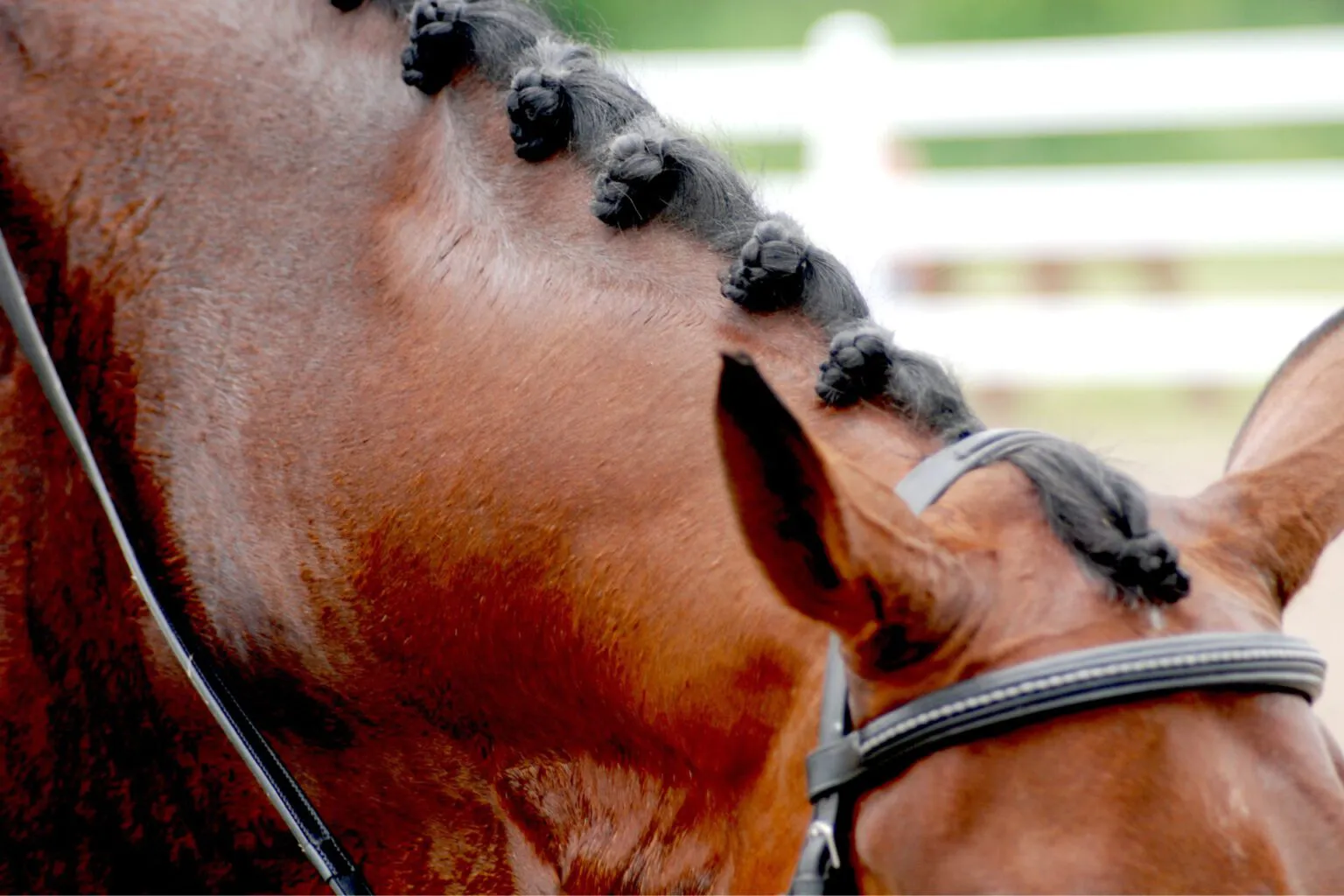Menu

I'm sure you've heard it before: "It needs to improve its use of the topline!" Even though your trainer has probably told you countless times what it's all about, it can sometimes help to hear it again or have it rephrased. We'll help you along so that you can get your horse to use its topline - or perhaps just use it even better than it already does.
Read also: Body awareness: The best way to proper posture and impact
To teach a horse to use its topline, as a rider, you must understand what it actually means. It's not just about lengthening the reins and hoping the horse seeks forward and downward. The horse should work correctly by moving forward and seeking down to the contact that the bit provides between the horse's mouth and the rider's hand.
The horse's ability to work in a deep frame, therefore, depends on its level of training, age, and physical as well as mental composition. A young or inexperienced horse will likely have difficulty using its topline in the beginning simply because it lacks the muscles and balance for it. Therefore, it takes time to teach your horse to use itself correctly, but it's worth being patient.
Read also: Learn how to achieve a strong and doable horse
When a horse manages to use its entire topline, it primarily uses its hind legs to push itself forward and over the ground, instead of relying on its front legs to pull itself forward. When the hind legs are activated and become the weight-bearing element, the horse also lifts its back. This results in the horse not bending in its neck because of a pull on the reins forcing it, but because the back is lifted, and the rest of the neck and vertebrae follow the arched shape. When the horse is moving correctly, it should form a shape like a soft hilltop, with the nose slightly in front of the vertical and the contact between the horse's mouth and the rider's hand being very light.
When you're starting to teach your horse to use its topline, it's easiest for both of you if you ride it on a circle. Here are three steps that explain how you can do it:
Read also: Tölt: How to train the comfortable gait
When the horse uses its topline, it feels relaxed and supple, but not tired or lacking energy. Instead, it feels energetic and elastic without being tense. Some describe it as riding "uphill," and others feel that the contact with the horse's mouth becomes so light that "it feels like holding it with a sewing thread." Others describe it as if the horse almost forgets everything around it and is solely focused on its rider. Regardless of how you feel it, we can all agree that it feels absolutely fantastic!
Remember, the key to teaching your horse to use its topline correctly is patience and consistent training. With time and practice, your horse will develop the necessary muscles and balance to engage its hind end and lift its back, creating a beautiful and harmonious connection between horse and rider. Enjoy the process and the rewarding feeling of progress as you and your horse work together to achieve a correct and balanced ride.
Read also: Put your thin horse back in good shape